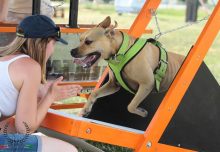Skinny, Fit, Ideal, Pet Weight, Overweigh and Obese Dog’s physics
For simplification purposes these are generalizations of some breeds not show, sport or performance dogs. This to help the average pet owner to see where their dog may fit in the spectrum.
Many pet owners don’t understand what an over or under weight dog is. We need to educate on what it is and how dangerous it can be.
Keep in mind that every breed is different, so you can’t judge all dogs the same. What’s pet weight for a lab is obese for a greyhound. All medical issues should be addressed first and weight loss should be supervised by your vet.
The terms are just generalized descriptions so lean, conditioned, well muscled and fit could mean the same thing to different folks.
Captions on photos:
Skinny – this is a dog that needs serious help. All the ribs, spine and hip bones are exposed. The texture and shine of their coat is rough and dull and the dog is just generally depressed. Needs immediate veterinary help.
Malnourished/Thin – These dogs have some ribs showing and their coat texture/gloss is usually dull. This dog’s diet needs to be changed to improve his coat and to gain some weight. Needs veterinary help.
Fit – These dogs often get mistaken for being too skinny, but you will note their coat is glossy and they have a lot of muscle tone. Think of them as gym addicts. Some dogs just run and play more than others and tend to prefer play to food. If you have a fit dog and you are concerned about their weight, change his food to “advanced fitness/working dog” brands of food. Consult your vet to make sure they are still in prime health.
Ideal: This dog is neither fit nor pet weight. Ribs are easily felt (some breeds even seen), but usually not visible. The dog has good muscle percentage and low fat. Do this test: flatten your hand and feel over the back of your knuckles, they are easily felt, but with a layer of skin and they’re not showing, this is what it should feel like if you feel over your dog’s ribs.
Pet Weight: This is just over ideal, but still not overweight. Dog’s muscles are visible and ribs are still felt, but not visible. This is a fine line that should be kept under control, because the dog can easily become overweight.
Overweight: If you flatten your hand like with the ideal test, you must now feel over the bottom of your hand, if your dog’s ribs feel like that, it’s overweight! If you first need to feel through a layer of fat to feel the ribs, or worse, you can’t feel them easily at all. Try to either cut back on their food (less treats too!) and give them regular exercise. A dog is an instinctual eater and will always look hungry and beg for food, don’t fall for their puppy eyes. Dogs enjoy walks a lot more as they receive a lot more stimulation by sniffing, walking and just experiencing new surroundings. So whenever you feel sorry for not giving them that extra treat, rather take them for a walk, they will thank you more.
Obese: Consult a vet regarding diet foods or meal times and sizes. Obese dogs don’t live long or happy lives. An obese dog is just as at risk as a skinny dog, but because society seems more okay with obese dogs, it’s somehow not seen as wrong. Start slow with exercise, short walks or even swimming (with assistance so they don’t sink) as it’s not as hard on their joints. Be sure to not over exercise as obese dogs are prone to heart problems. Over time make the walks and swims longer while also feeding less and less.
Over 58% of dogs are obese, yet 78% of dog owners deny that their dogs are obese. This is a serious problem that can lead to heart failure, diabetes, joint failure and many more conditions that can cost your dog’s life! Overfeeding can kill your pet, think before you give them treats or the type of treats, more food or table food. Rather take them for a walk, swim or run. A healthy weight dog can live 3 yrs longer than an obese dog. You wouldn’t let them starve to death, so why overfeed them to death?
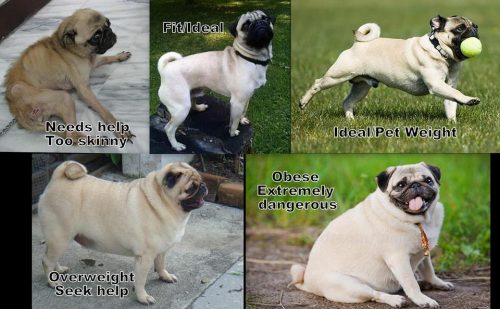
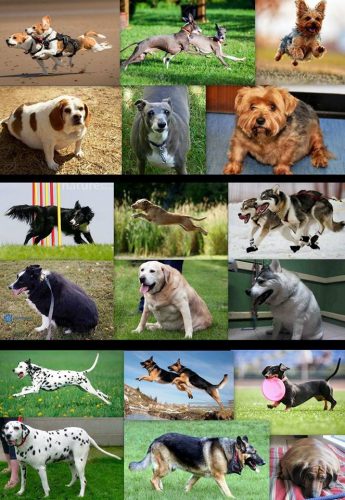
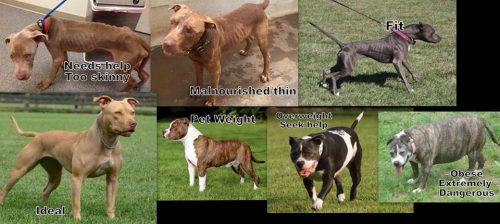
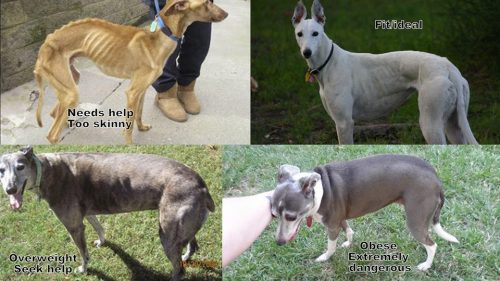

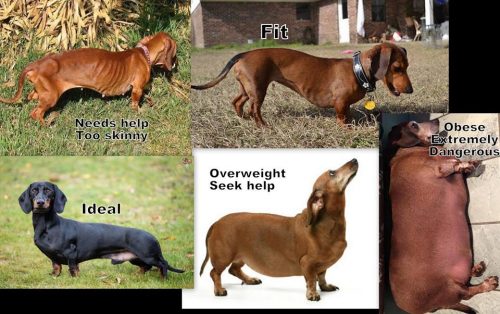
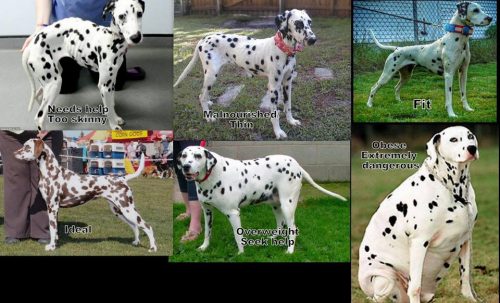
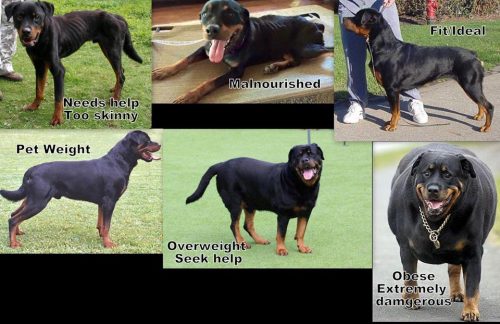
Source : Port Royal Veterinary Hospital



